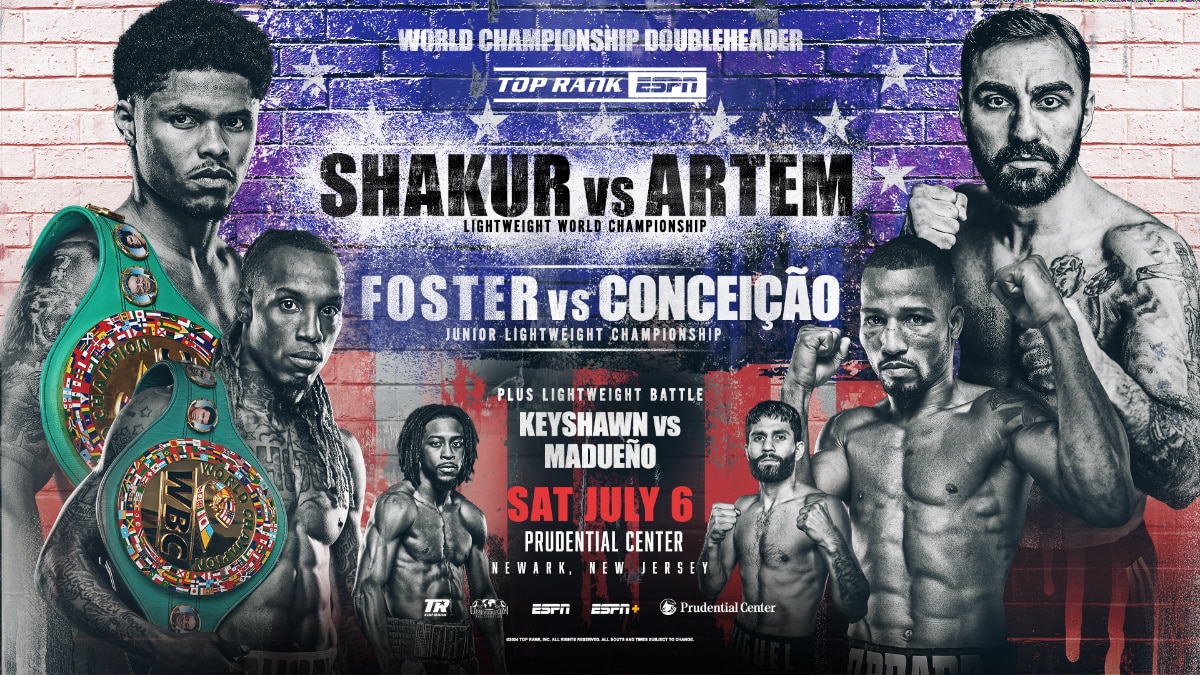Comparison of Stevenson and Harutyunyan’s Styles and Techniques: Stevenson Vs Harutyunyan

Stevenson vs harutyunyan – Stevenson and Harutyunyan, though hailing from different artistic backgrounds, share a common thread of vibrant expressionism in their works. However, their individual styles and techniques set them apart, creating unique visual narratives.
In the electrifying clash of Stevenson vs Harutyunyan, each fighter displayed unwavering determination. However, as we shift our gaze to the realm of boxing, another captivating rivalry emerges: Shakur vs Artem. Shakur vs Artem promises an equally enthralling spectacle, where agility and power collide.
Returning to Stevenson vs Harutyunyan, the outcome remains uncertain, as both fighters prepare to unleash their full potential in the ring.
Color Palettes
Stevenson’s color palette is characterized by bold, contrasting hues that evoke a sense of energy and movement. His use of primary colors, such as reds, blues, and yellows, creates a striking visual impact. Harutyunyan, on the other hand, employs a more subdued palette, often incorporating earthy tones and muted colors. His works exude a sense of warmth and intimacy.
In the ring, Stevenson and Harutyunyan’s rivalry has captivated the boxing world. Yet, the sport’s allure extends beyond their feud. Darren Till’s recent foray into boxing is a testament to its universal appeal. His journey has drawn comparisons to the intensity and determination of Stevenson and Harutyunyan, highlighting the sport’s ability to ignite passions and fuel aspirations.
Brushstrokes
Stevenson’s brushstrokes are expressive and energetic, conveying a sense of spontaneity and emotion. He often uses thick, impasto brushstrokes that create a textured surface. Harutyunyan’s brushwork is more delicate and precise, resulting in smoother, more refined surfaces. His attention to detail is evident in the intricate patterns and motifs that adorn his paintings.
Composition
Stevenson’s compositions are often dynamic and asymmetrical, creating a sense of tension and movement. He frequently employs diagonal lines and contrasting elements to draw the viewer’s eye through the painting. Harutyunyan’s compositions are more balanced and harmonious, often featuring central focal points surrounded by supporting elements. His use of negative space adds depth and emphasizes the subject matter.
Unique Techniques
Stevenson’s signature technique is his use of impasto, where thick layers of paint are applied to the canvas, creating a sculptural effect. This technique adds texture and depth to his works, enhancing their visual impact. Harutyunyan incorporates Armenian motifs and symbols into his paintings, paying homage to his cultural heritage. These motifs often appear as intricate patterns or decorative elements, adding a layer of cultural significance to his art.
Influence on the Art World and Legacy

Stevenson and Harutyunyan left an indelible mark on the art world, shaping its trajectory and inspiring generations of artists. Their unique styles and groundbreaking techniques revolutionized the understanding and appreciation of art.
Stevenson’s role in the Abstract Expressionist movement cannot be overstated. His innovative use of drip painting and vibrant colors pushed the boundaries of artistic expression, challenging traditional notions of form and representation. Harutyunyan’s mastery of surrealism and symbolism opened up new avenues of exploration into the subconscious mind, inviting viewers to engage with the enigmatic and the unknown.
Contributions to Specific Art Movements or Genres
- Stevenson: Pioneer of Abstract Expressionism, known for his large-scale drip paintings and bold use of color.
- Harutyunyan: Leading figure in Surrealism, renowned for his dreamlike imagery and exploration of the subconscious.
Beyond their specific movements, Stevenson and Harutyunyan’s influence extended to various art forms, including painting, sculpture, and photography. Their work challenged conventional artistic norms, paving the way for new modes of expression and interpretation.
Lasting Legacy, Stevenson vs harutyunyan
The legacy of Stevenson and Harutyunyan continues to inspire contemporary artists, who draw inspiration from their groundbreaking techniques and imaginative visions. Their work has been exhibited in prestigious museums and galleries worldwide, cementing their status as icons of modern art. Their influence is evident in the works of countless contemporary artists, who continue to explore the boundaries of artistic expression in their footsteps.
Cultural Context and Personal Backgrounds

The artistic styles and perspectives of artists are shaped by a myriad of factors, including their cultural context and personal experiences. In the case of Stevenson and Harutyunyan, these influences have played a significant role in the development of their unique artistic identities.
Stevenson’s upbringing in the United States during the post-World War II era greatly influenced his artistic style. The optimism and economic prosperity of the time fostered a belief in the power of technology and progress, which is reflected in his paintings’ sleek, streamlined forms and vibrant colors.
Harutyunyan, on the other hand, grew up in the Soviet Union during a period of political and social upheaval. His experiences with censorship and repression shaped his artistic vision, leading him to create works that often explored themes of loss, displacement, and longing.
Education and Travels
Both Stevenson and Harutyunyan received formal art education, which played a significant role in their artistic development. Stevenson studied at the Art Students League in New York, where he was exposed to the latest trends in modern art. Harutyunyan attended the Yerevan Art Institute in Armenia, where he studied traditional painting techniques and the history of art.
In addition to their formal education, both artists traveled extensively, which further broadened their artistic perspectives. Stevenson traveled to Europe, where he was influenced by the works of the Old Masters. Harutyunyan traveled to the United States, where he was exposed to contemporary American art.